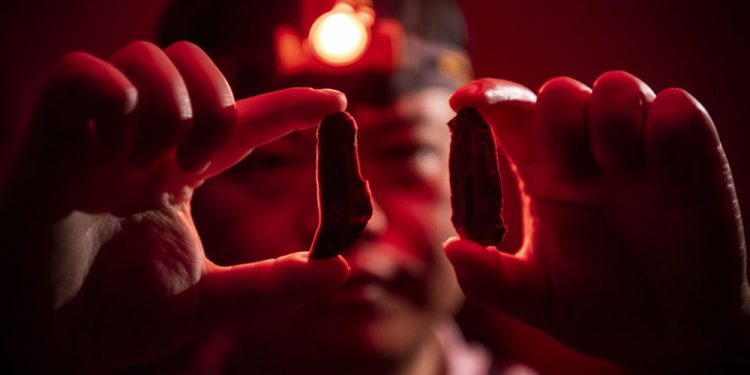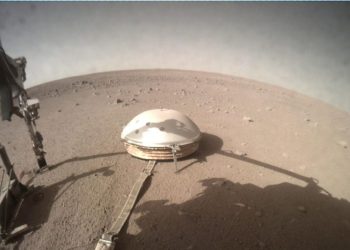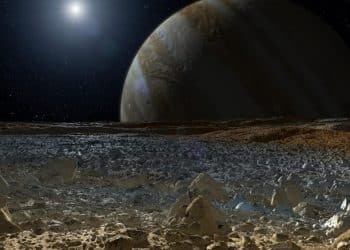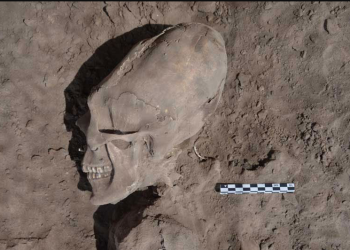History is rewritten on a yearly basis with the progress of archaeology around the world. Several days ago, archaeologists wrote another chapter in the origins of one of the most curious human species – the Denisovans.
Curiously enough, given the obvious significance of this discovery, this news has not reached the viral social media as of this moment but we are here to discuss them.
What do we know of this mysterious human species – the Denisovans?
The Denisovans have been known for some time but until now, there was little DNA proof to actually support their existence. In 2019, a previous discovery of an ancient jawbone was linked to these human ancestors without any proof. With the addition of the latest finds, scientists now have more evidence that this race truly existed.
What do we know about this mysterious human species? We know that they only inhabited Asia in the period between 400,000 – 45,000 BC. We know that we have that the only modern people with DNA similarities to the Denisovans are the Aboriginal Australians and Tibetans who inherited their ability to survive in extreme conditions.
We also know that they lived at incredible altitudes, absolutely impossible to bear by most modern humans. Last but not least, we know that this mysterious human species suddenly vanished leaving no traces.
The Discoveries that changed history

All discoveries were centered in one specific location – the Baishiya Karst Cave. It has served as a Tibetan Buddhist sanctuary for centuries and it was actually a monk who discovered the first remains of the Denisovans in 1980. Of course, nobody was able to classify the find until the more recent excavations.
As an important religious site, access to the cave is hard to obtain which has been the main problem for archaeologists and scientists to freely excavate and research.
Although the Xiahe Mandible was discovered in 1980, the first studies in the cave took place in 2016. In 2018, archaeologists uncovered ancient animal bones with cut marks.
Earlier this year, more serious excavations on the frozen cave floor uncovered loads of animal bones from different species – gazelles, rhinos, foxes. Even more, the team discovered crude stone tools as well but yet again, no human remains, which has been the greatest issue in discovering evidence about this ancient human species.
Here’s the cool stuff – science no longer requires human remains to obtain DNA and this is how the latest evidence of this protohuman race was discovered. As you should probably know, we drop our own DNA with every move we make. Thus, if somebody needs your DNA, they can simply go to your room and it will be absolutely everywhere.

With this said, the researchers were able to extract DNA samples from the ancient Denisovans from the most unexpected place – sediment layers in the cave. As the sanctuary is located more than 3000 meters above sea level and it is extremely cold inside, this environment has kept the DNA frozen for tenths of thousands of years.
What does this mean for archaeology? While this method of extracting DNA is not as widespread yet since it is absolutely new, there still are some people in the field that do not believe that it is trustworthy. However, seeing the success of using this research method means that the future of archaeology is bright and we can expect countless significant discoveries in the years to come.
The fact that researchers found the DNA of Denisovans using this method means that they can now perhaps look for them at other possible habitats.
Join the discussion and participate in awesome giveaways in our mobile Telegram group. Join Curiosmos on Telegram Today. t.me/Curiosmos











